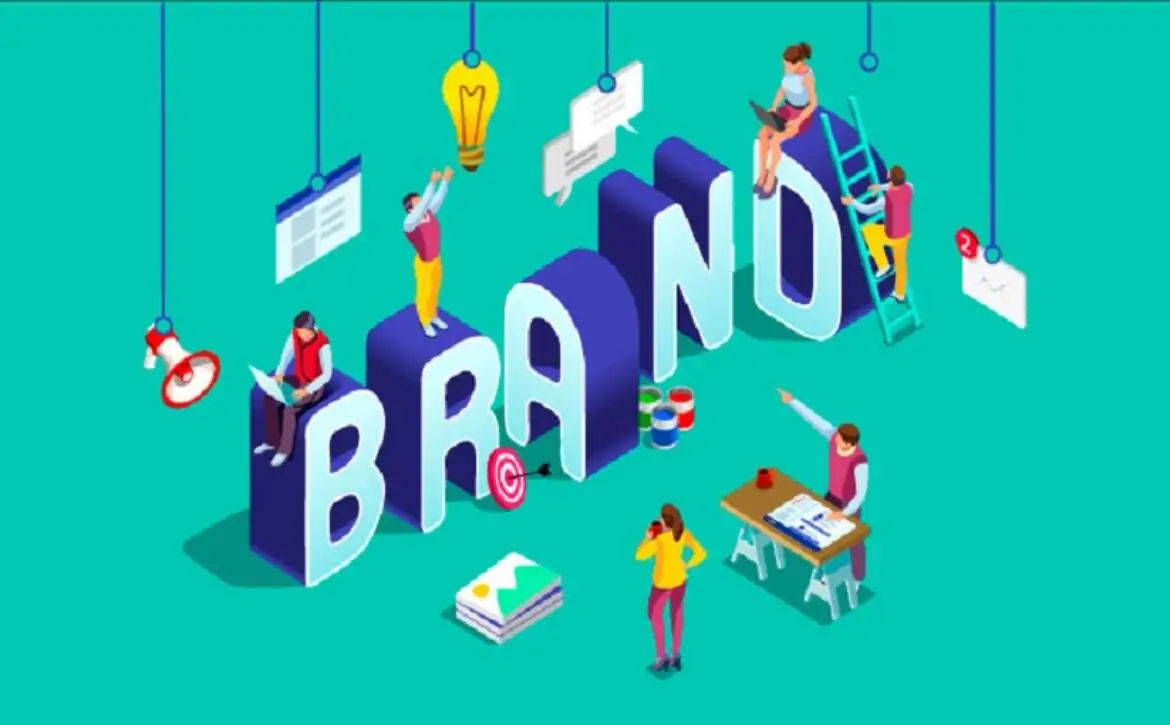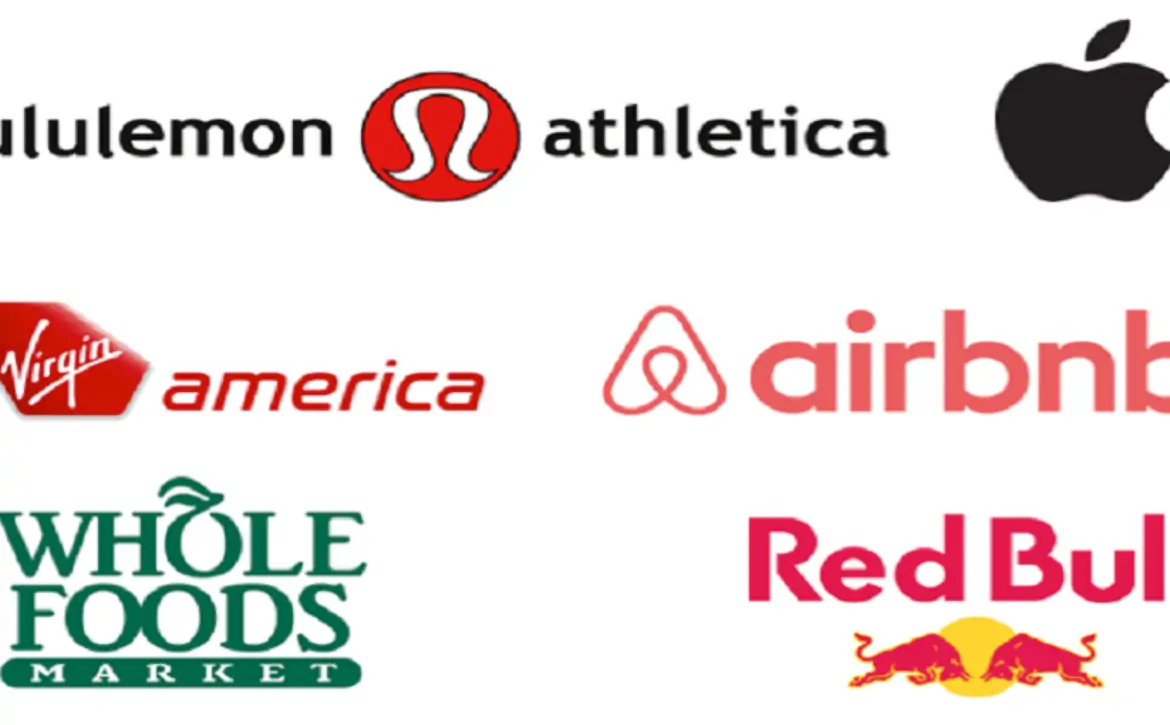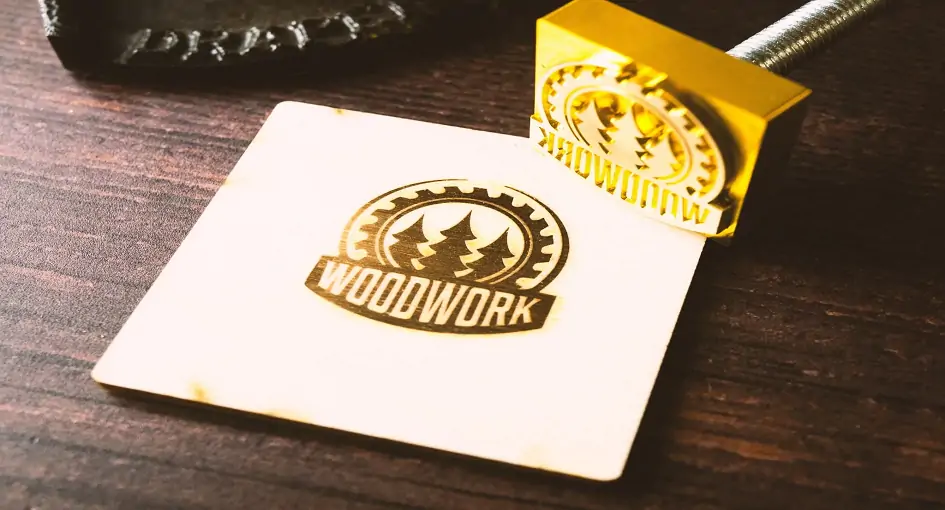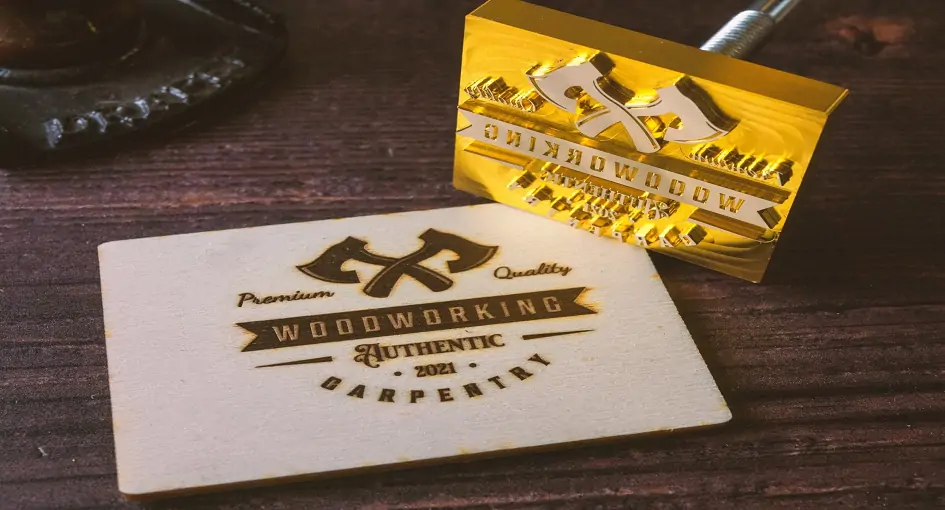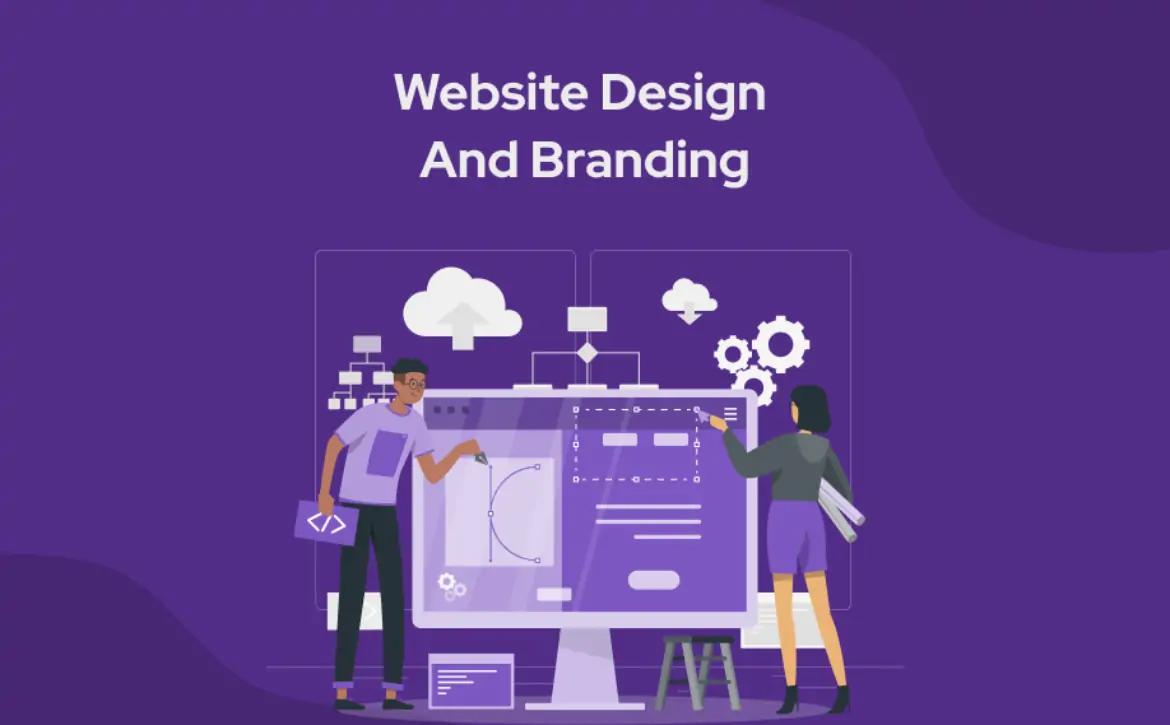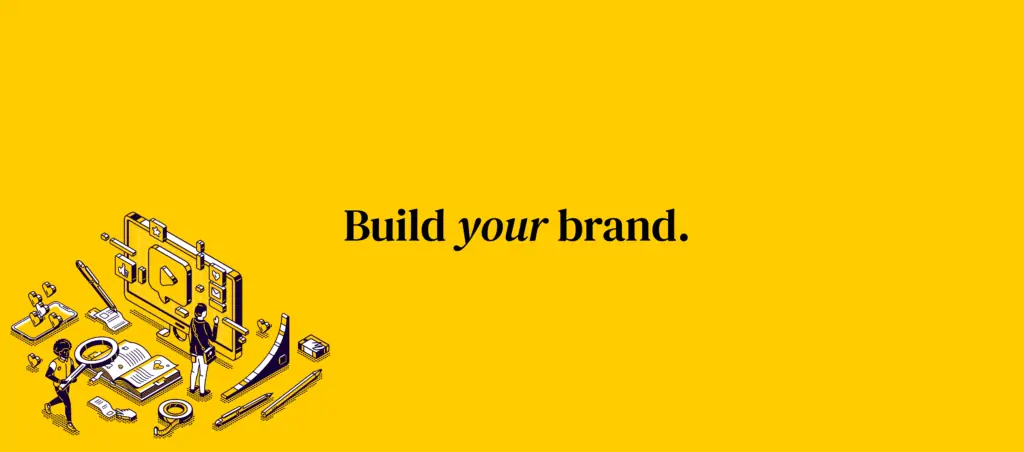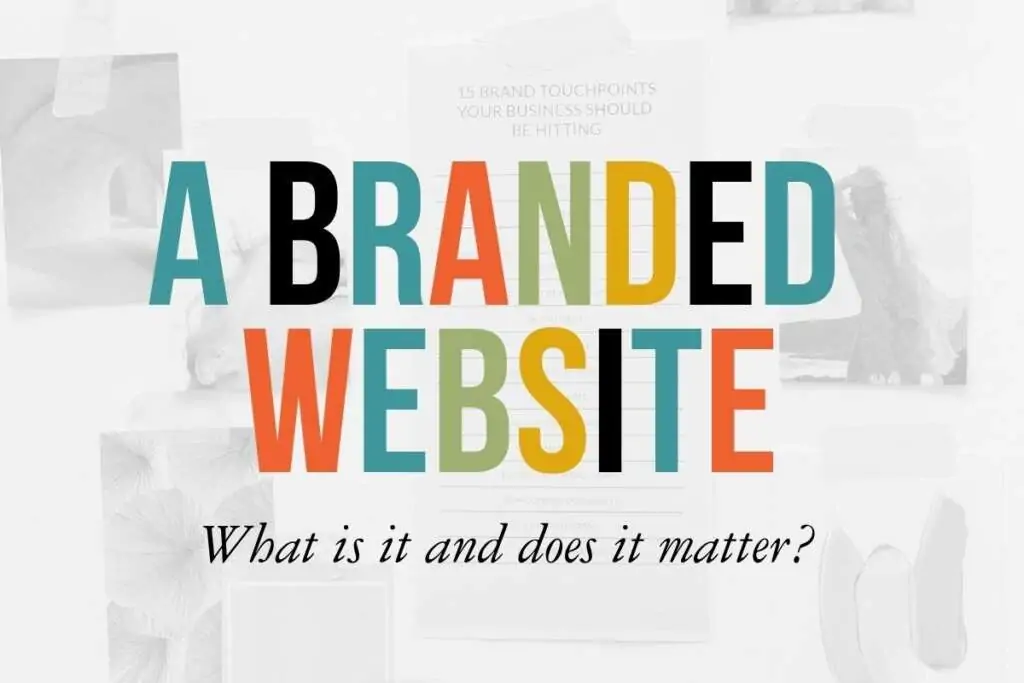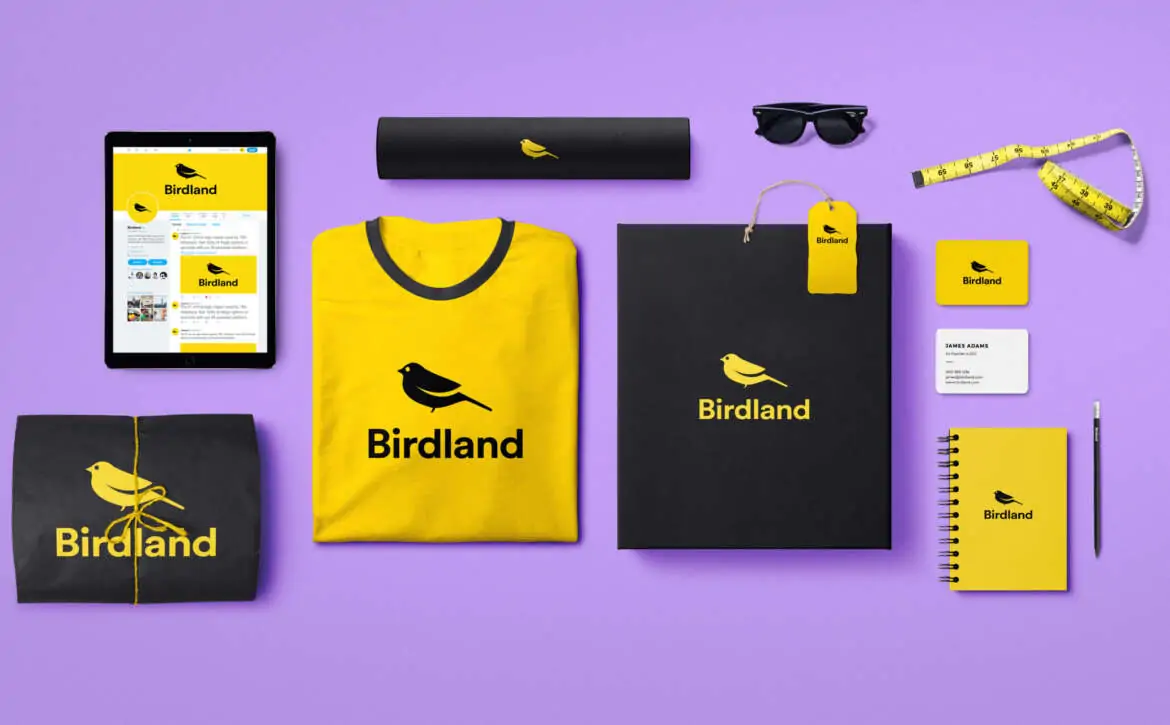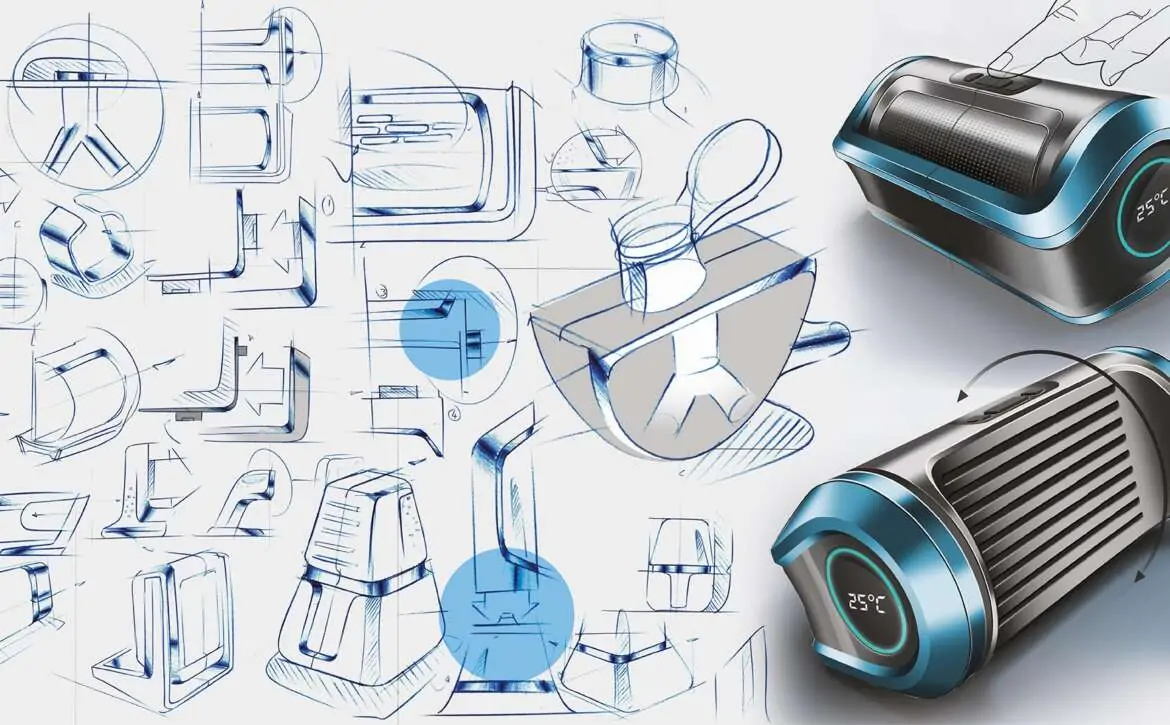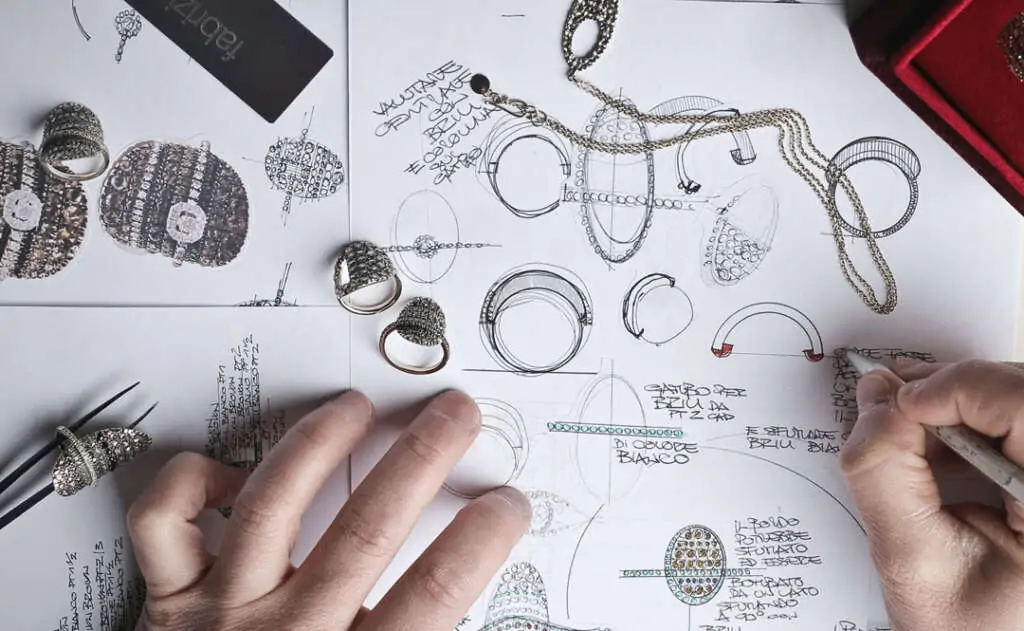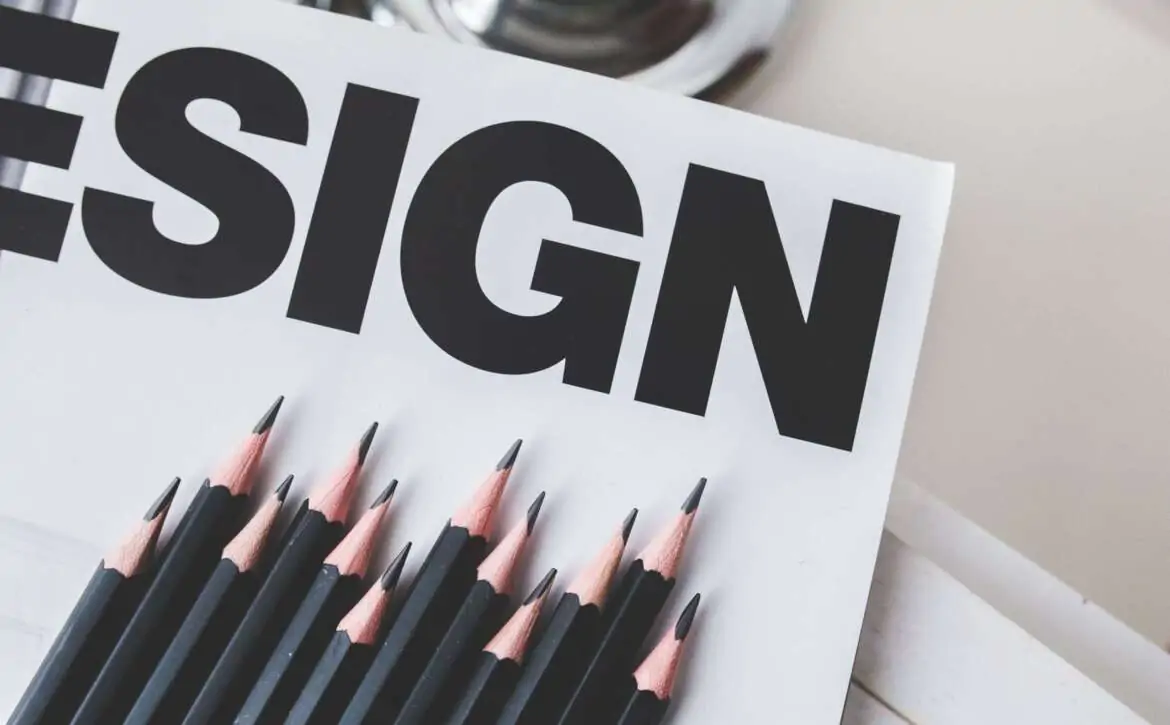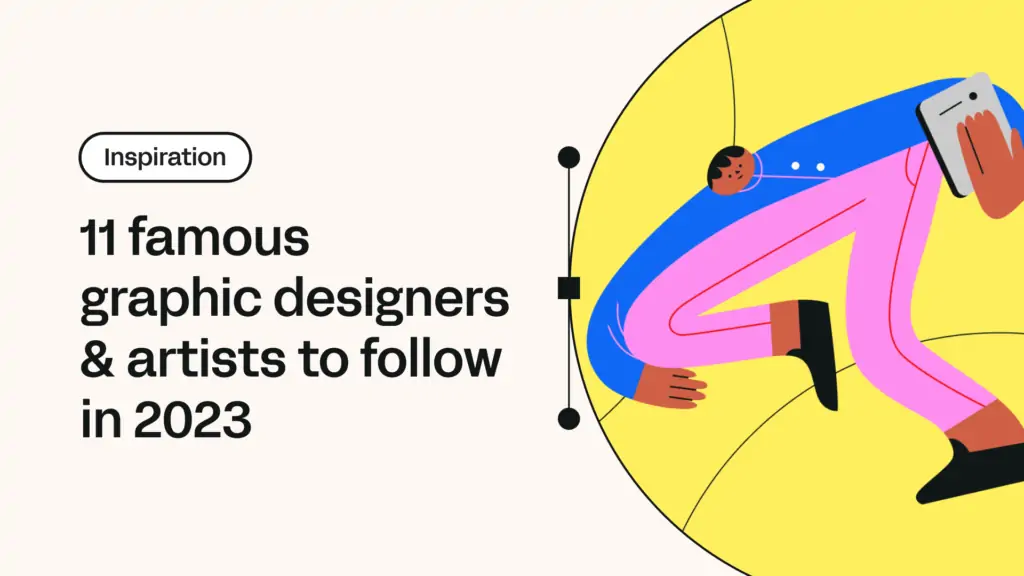A Comprehensive Guide For Creating Impactful Media Logo Design
In today’s highly competitive media landscape, a strong and recognizable logo is essential for establishing a brand’s identity and capturing audience attention. A media logo serves as the visual cornerstone of a brand, conveying its essence, values, and uniqueness at a glance. Crafting an impactful media logo requires a blend of creativity, strategic thinking, and technical skills. This comprehensive guide delves into the nuances of media logo design, offering insights and practical tips to help you create logos that stand out.
From understanding the core principles of effective logo design to exploring the latest trends and tools, this guide covers all aspects of media logo creation. We’ll discuss the importance of a well-designed logo in the media industry, explore various media logo design templates and free resources, and provide a detailed look at the best media logo design software available. With the abundance of media logo templates and free tools available today, it’s easier than ever to start the design process. However, achieving a unique and effective logo requires a strategic approach and a deep understanding of design principles.
Additionally, we’ll examine how to leverage media logo images for inspiration and touch on the significance of creating logos that can adapt across all media platforms. Whether you’re a seasoned designer or a novice looking to dive into the world of media logos, this guide will equip you with the knowledge and tools needed to create impactful and memorable logos. By the end of this article, you’ll have a clear understanding of the essential elements that make up a successful media logo and how to apply these principles to your own design projects. Let’s embark on this creative journey and unlock the secrets to designing logos that leave a lasting impression.
The Importance of a Strong Media Logo Design
A media logo is more than just a visual symbol; it’s a critical component of your brand’s identity. Here’s why a strong media logo is essential:
1. Brand Recognition:
A memorable media logo design helps audiences quickly identify your media brand among competitors. It’s the visual shorthand for your brand’s name, values, and content.
2. Professionalism:
A well-designed logo conveys professionalism and credibility, which are crucial for building trust with your audience.
3. Versatility:
Media logos need to be adaptable across various platforms, from digital screens to print materials. A good logo maintains its integrity and legibility in different sizes and formats.
4. Emotional Connection:
Colors, shapes, and typography in a logo can evoke specific emotions and associations, helping to build a deeper connection with your audience.
Steps to Create an Impactful Media Logo
The actions listed below assist in producing a powerful media logo.
1. Understand Your Brand
It’s critical to comprehend your brand thoroughly before beginning any creative work. Consider this:
- What are the core values and mission of your media brand?
- Who is your target audience?
- What kind of content do you produce?
- What impression do you want to make with your logo?
A thorough understanding of your brand will guide your design decisions and ensure your logo aligns with your brand identity.
2. Research and Gather Inspiration
Look at successful media logos to see what works in the industry. Pay attention to:
- Color schemes
- Typography
- Iconography
- Overall style and feel
Consider how these elements reflect the brands they represent and think about how you can incorporate similar strategies into your design.
3. Choose Your Design Elements
a) Color
Colors have psychological impacts and can convey different messages. For example, red often signifies passion or urgency, while blue can represent trust and professionalism. Select a color scheme that appeals to your target market and is consistent with the identity of your business.
b) Typography
The font you choose for your media logo can say a lot about your brand. Bold, sans-serif fonts might convey modernity and strength, while serif fonts can give a sense of tradition and reliability. Ensure that your chosen typography is legible across various sizes and formats.
c) Icons and Symbols
Icons can enhance the message of your logo. They should be simple yet distinctive, avoiding overly complex designs that can lose clarity when scaled down.
d) Layout
The arrangement of your logo elements should be balanced and visually appealing. Consider how the logo will look in different contexts, such as on a website header, social media profile, or printed material.
4. Sketch and Conceptualize
Start with rough sketches to explore different ideas. This phase allows for creative freedom without the constraints of digital tools. Once you have a few promising concepts, refine them further and think about how they align with your brand’s identity.
5. Create Digital Versions
Using media logo design software, create digital versions of your refined concepts. Popular design tools include Adobe Illustrator, CorelDRAW, and free options like Inkscape and GIMP. These tools offer robust features for creating high-quality vector logos that can be easily scaled without losing quality.
6. Test and Refine
Once you have your digital drafts, test them in various contexts:
- Scale the logo up and down to see if it maintains clarity.
- Apply it to different backgrounds to ensure it remains legible.
- Get feedback from others to gain different perspectives.
Utilize this input to modify and change as needed.
7. Finalize Your Logo
After refining your media logo design based on feedback and testing, finalize your logo. Ensure it is saved in multiple formats (e.g., PNG, JPEG, SVG) to be versatile across different platforms and uses.
Tools and Resources for Media Logo Design
The materials and tools listed below can help with the media logo:
1. Media Logo Design Software
Here are some top tools to consider for designing your media logo:
a) Adobe Illustrator:
Industry-standard vector graphic software is ideal for creating detailed logos.
b) CorelDRAW:
Another professional vector design software with comprehensive features.
c) Inkscape:
A free and open-source vector graphics editor that’s a great alternative to Adobe Illustrator.
d) GIMP:
A free and open-source raster graphics editor that’s useful for creating logo mockups.
2. Media Logo Design Templates
Using templates can be a great starting point, especially if you’re new to design. Websites like Canva, Placeit, and Envato Elements offer a wide range of customizable media logo templates. These platforms provide free and premium options, allowing you to choose a template that fits your brand’s style and customize it to make it unique.
3. Media Logo Design Free Tools
For those on a budget or looking to experiment with design, several free tools can help you create a professional media logo:
a) Canva:
Offers a user-friendly interface with drag-and-drop features and a variety of free templates and design elements.
b) Hatchful by Shopify:
Provides free logo creation with a simple step-by-step process and customizable templates.
c) LogoMakr:
An easy-to-use tool that allows you to design logos with a wide selection of icons, fonts, and shapes.
d) DesignEvo:
It features thousands of templates and a straightforward design process, perfect for quick logo creation.
4. Media Logo Images for Inspiration
Browsing existing media logos can spark creativity and help you identify effective design elements. For ideas, think about looking at the following resources:
a) Behance:
A platform showcasing professional portfolios, including media logo design projects.
b) Dribbble:
A community where designers share their work and get feedback, offering plenty of logo design inspiration.
c) Pinterest:
A visual discovery platform where you can find a vast array of media logo images and design ideas.
d) LogoLounge:
A comprehensive logo design database where you can explore and analyze trends in the industry.
FAQs
How to make a media logo?
To create a media logo, understand your brand’s identity and target audience, research trends, use a sketch, choose colors, typography, and symbols, use software like Adobe Illustrator or Canva, test on different platforms, seek feedback, refine the design, and save it in multiple formats.
What is a logo in media?
A media logo is a visual symbol representing a company’s brand identity, used across various platforms to establish a memorable and professional image, ensuring consistency and audience recognition.
What are the four types of logo design?
Logo design consists of four main types: wordmarks, lettermarks, brandmarks, and combination marks. Wordmarks are stylized fonts, lettermarks use initials, brandmarks are recognizable images or symbols, and combination marks combine text and images.
What are the 5 things a logo design should be?
A logo design should be simple, versatile, relevant, timeless, and distinctive, setting the brand apart from competitors and maintaining its effectiveness despite changing design trends.
What are the three rules of good logo design?
Good logo design follows three rules: simplicity, versatility, and relevance. Simplicity ensures a memorable logo, versatility maintains effectiveness across mediums, and relevance accurately reflects the brand’s identity and values, aligning with the target audience.
Creating Impactful Media Logo Design: Key Considerations
The following are important factors to keep in mind while designing impactful media logos.
1. Simplicity and Versatility
A successful media logo should be simple yet versatile. Simplicity ensures the logo is easily recognizable and memorable, while versatility allows it to be effective across various platforms and sizes. Aim for a clean design that avoids unnecessary complexity.
2. Originality and Uniqueness
With the plethora of media logos in the market, it’s crucial to create a logo that stands out. Avoid clichéd symbols and overused design elements. Instead, focus on developing a unique concept that reflects your brand’s distinct personality.
3. Relevance to Your Brand
Your media logo design should accurately represent your media brand’s identity and values. Whether you’re running a news outlet, entertainment channel, or digital media agency, the logo should align with the nature of your content and appeal to your target audience.
4. Scalability and Adaptability
Ensure your logo maintains its integrity and legibility when scaled to different sizes. It ought to seem just as nice on a billboard as it does on a business card. Additionally, the logo should be adaptable to various backgrounds and contexts, whether it’s on a website, social media profile, or printed material.
Trends in Media Logo Design
Keeping up with current design trends can give your media logo a contemporary edge. Here are some patterns to think about:
- Minimalism: Clean, simple designs that focus on essential elements are timeless and versatile.
- Geometric Shapes: A contemporary, structured appearance may be achieved by utilizing geometric shapes.
- Negative Space: Clever use of negative space can add depth and intrigue to your logo.
- Gradients and Bold Colors: Vibrant colors and gradients can make your logo stand out and attract attention.
- Hand-Drawn Elements: Adding hand-drawn or custom illustrations can give your logo a unique and personal touch.
Legal Considerations
When designing a media logo, it’s crucial to ensure your design is legally sound:
- Trademark Search: Before finalizing your logo, conduct a trademark search to ensure your design doesn’t infringe on existing trademarks.
- Copyright Issues: Avoid using copyrighted images or elements in your logo design. Create original work or use royalty-free resources.
- Trademark Registration: Consider registering your logo as a trademark to protect it from unauthorized use and strengthen your brand’s legal standing.
Enhancing Brand Identity with Your Logo
Your media logo design should seamlessly integrate with your overall brand identity. Here’s how to ensure cohesion:
- Consistency: Use your logo consistently across all platforms and media. This strengthens and expands your brand identity.
- Brand Guidelines: Develop comprehensive brand guidelines that outline how your logo should be used, including color codes, spacing, and placement rules.
- Supporting Visual Elements: Ensure other visual elements like typography, color palette, and imagery align with the style of your logo to create a cohesive brand experience.
Digital and Print Considerations
Your media logo design will appear in both digital and print formats, so it’s essential to consider the different requirements for each:
- Resolution: Use vector files (e.g., SVG, EPS) for your logo to ensure it maintains high resolution in all sizes and formats.
- Color Modes: Design in CMYK for print and RGB for digital to ensure accurate color representation.
- File Formats: Save your logo in various formats (e.g., PNG, JPEG, SVG, PDF) to cover different use cases and applications.
Accessibility
Accessibility is an important aspect of modern design. Ensure your logo is inclusive and accessible to all users:
- Color Contrast: Ensure sufficient contrast between your logo and its background to enhance readability for users with visual impairments.
- Alt Text: When used digitally, provide descriptive alt text for your logo to improve accessibility for screen readers.
- Scalability: Make sure your logo is legible and recognizable at different sizes, accommodating users who might need to zoom in on content.
Leveraging Feedback and Iteration
The design process is iterative, and seeking feedback is a crucial part of refining your logo:
- Peer Review: Share your logo designs with colleagues or other designers to get constructive feedback.
- Audience Testing: Conduct surveys or focus groups with your target audience to gauge their reactions and preferences.
- Revisions: Be prepared to make multiple revisions based on feedback to achieve the best possible design.
Case Studies: Successful Media Logo Design
These are a few examples of effective media logos:
1. BBC
The BBC logo is a prime example of simplicity and effectiveness. Its bold, sans-serif typography and monochromatic color scheme convey professionalism and authority. The logo is instantly recognizable and works well across all media platforms, from television screens to mobile apps.
2. Netflix
Netflix’s logo is another great example of a powerful all media logo. The clean, red wordmark is modern and versatile. It’s easily recognizable and adaptable to various contexts, making it an excellent representation of the brand’s dynamic and innovative nature.
3. Spotify
Spotify’s logo combines a unique icon with a clean, modern wordmark. The soundwave icon is simple yet distinctive, perfectly reflecting the brand’s focus on music and audio content. The logo’s design ensures it works well on digital screens of all sizes, from mobile apps to desktop websites.
Practical Tips for Designing Your Media Logo
These are some suggestions for creating a media logo:
1. Start with Black and White:
Designing your logo in black and white ensures it’s effective without relying on color. Once the design is solid, you can experiment with color schemes.
2. Keep It Balanced:
Ensure the elements of your logo are well-balanced, creating a harmonious and visually pleasing composition.
3. Mind the Spacing:
Pay attention to the spacing between elements, ensuring the logo is not too crowded or too sparse.
4. Use Grids and Guidelines:
Utilize grids and guidelines to align elements precisely and maintain consistency in your design.
5. Seek Feedback:
Don’t hesitate to get feedback from others. Various viewpoints might offer insightful information and assist you in improving your design.
In conclusion, a successful media logo requires a deep understanding of your brand, design expertise, and the right tools. By following this guide and using media logo design templates, and free design tools, you can create a logo that effectively represents your brand and resonates with your audience. A great logo is not just about aesthetics; it’s about creating a lasting impression and fostering a strong connection with your audience. Experimentation, refinement, and careful planning can help create a powerful asset in building a successful and recognizable brand.



